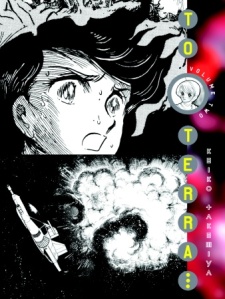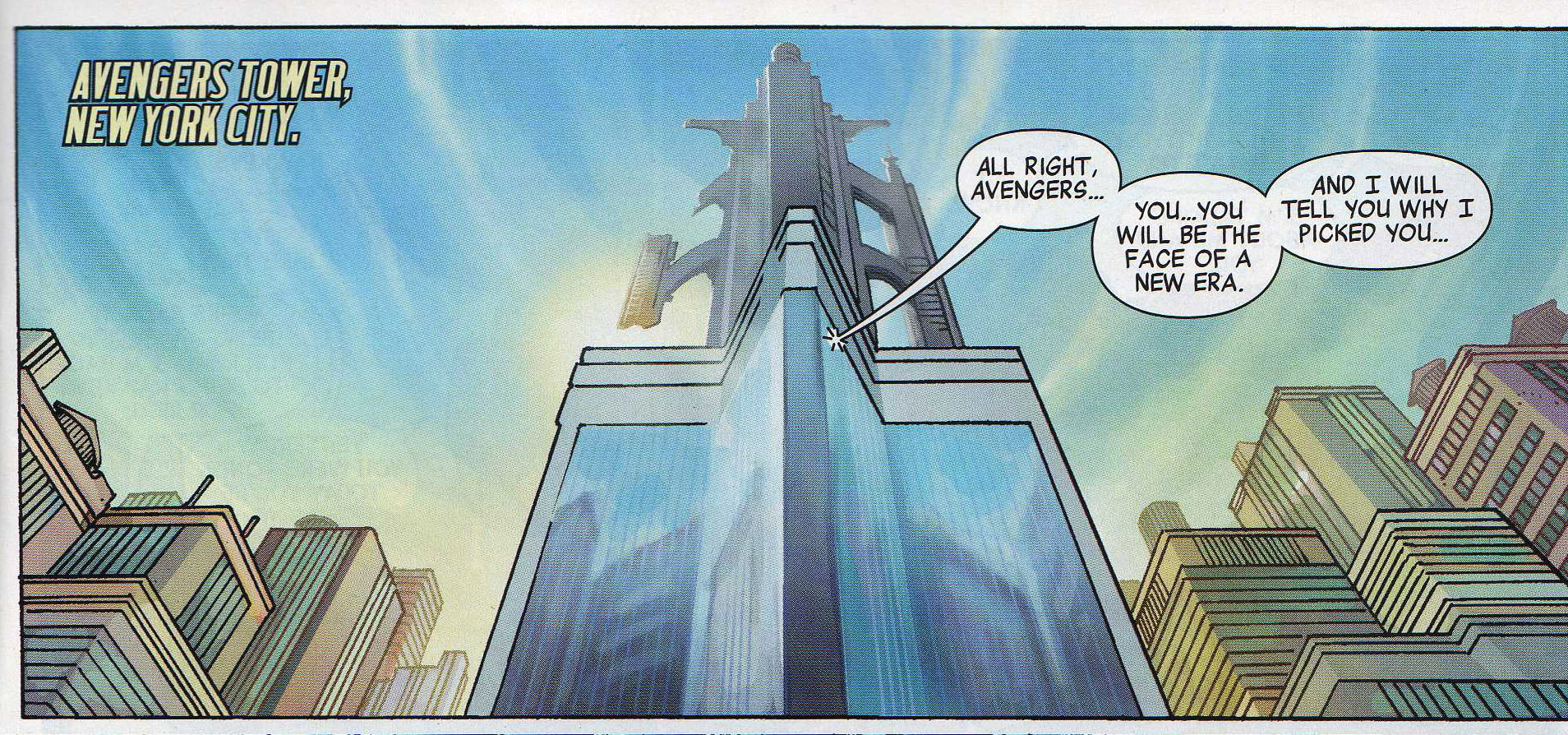If you haven’t already done so, please go read the excellent Komiksu: Marketing Art Manga roundtable over at The Hooded Utilitarian. As the week progressed, the manga under consideration was redefined as “awesome manga,” meaning stuff that falls out of the contemporary shônen-shôjo mainstream, so “art manga” ended up being only a portion of the comics under consideration, which is all to the good, in my opinion.
Two of the participants, Deb Aoki and Brigid Alverson, mentioned Mari Okazaki’s lovely office-lady comic, Suppli. It’s mainstream josei in Japan, but the category is still rather anemic in translation. After publishing three volumes, Tokyopop put the highly regarded but perhaps commercially shaky property on hiatus, but they’re resuming publication, and the (combined?) fourth (and fifth?) volume(s?) goes on sale in comic shops this week.
Since I love the book, I thought I’d re-run my Flipped column on Suppli, originally published at The Comics Reporter.
Update: In the comments, Derik (Madinkbeard) Badman points to his great, image-heavy look at the visuals of Suppli.
*
I like escapism in my comics. It’s fun to watch characters do amazing things in places I’m never likely to go, set in a vividly imagined future or carefully recaptured past. Sometimes, though, it’s just as pleasurable to settle in to a comic set in the here and now and get the sense that you could know the characters and live their lives.
 That’s one of the qualities that’s so enjoyable about Mari Okazaki’s Suppli (Tokyopop). It’s about the uneasy balance between work and the rest of a person’s life, and Okazaki evokes that familiar tension with a lot of fidelity and detail.
That’s one of the qualities that’s so enjoyable about Mari Okazaki’s Suppli (Tokyopop). It’s about the uneasy balance between work and the rest of a person’s life, and Okazaki evokes that familiar tension with a lot of fidelity and detail.
Writers of contemporary fiction will at least know what their characters do for a living. It’s part of meeting the minimum hurdle of suspension of disbelief, of answering readers’ questions as to how these fictional people pay their bills and keep roofs over their heads. Many don’t go beyond that, though. Gainful employment informs everything about Suppli.
Minami Fujii, Okazaki’s 27-year-old protagonist, works in advertising. Her career is a lot of cubicle toil and drudgery spiked with infrequent moments of glamour and triumph. Okazaki takes the reader through the endless meetings, long hours, and petty frustrations that fill up Fujii’s average day. The young executive finds even more time to devote to her career when her longtime boyfriend dumps her.
Before you conclude that Okazaki is punishing Fujii for her professional dedication, she’d been waffling about ending the relationship herself. It was clearly in Woody Allen’s “dead shark” territory, and the end was inevitable, but nobody likes being beaten to the punch. Even if the relationship wasn’t inspiring, it was reliable, and its conclusion leaves a void. It also triggers a string of unpleasant realizations in Fujii.
Hard as she works, she senses that she hasn’t invested anything meaningfully personal in her work. She barely knows her co-workers, and she hasn’t really mapped out any kind of professional trajectory. While Fujii doesn’t settle on a specific destination (professional advancement, marriage, both, neither), she dedicates herself to work and to connecting to her colleagues. The development seems to be equal parts avoiding thinking about the break-up and a genuine desire to fully commit to work. It’s one of many examples of Okazaki giving her characters multiple, concurrent motivations, and she does so without judgment.
Fujii can look at an older woman co-worker with a mixture of admiration, pity, and fear for her own future. She can contemplate the romantic possibilities presented by her male co-workers without appearing calculating or flighty. She can invest herself fully in projects that go nowhere or let details derail a promising pitch. Even buying a purse can be a journey fraught with peril and indecision. In Okazaki’s world, there’s nothing wrong with ambivalence.
Okazaki has a lovely way of showing as well as telling. Panel composition and page layout almost function as a sort of mood ring, reflecting Fujii’s state of mind. Workplace sequences have a crowded angularity that communicates the frenzied demands of her day. Reflective moments have a more fluid quality, and a quietness that can relax into sensuality with the track of Fujii’s thoughts. The sexy moments (and Fujii does manage to have a sex life) combine all of those qualities, half hot, half awkward. Okazaki has a wide range of tools in her aesthetic kit, and she applies them all with style and a unifying sensibility.
Suppli conveys a specific woman’s life with both microscopic detail and emotional sweep. Fujii may feel like her life is out of balance, but Okazaki’s portrayal is keen and clear.
On the down side, it’s impossible to know when readers might see more of it. When Tokyopop experienced its drastic reversals last year, Suppli was one of the titles that wound up in scheduling limbo. Only three volumes are available in English, and there’s no indication of when (or if) the next will be released. That’s no reason to deprive yourselves of what is available, of course. As Okazaki argues so persuasively, uncertain outcomes are no reason not to try.
*





















